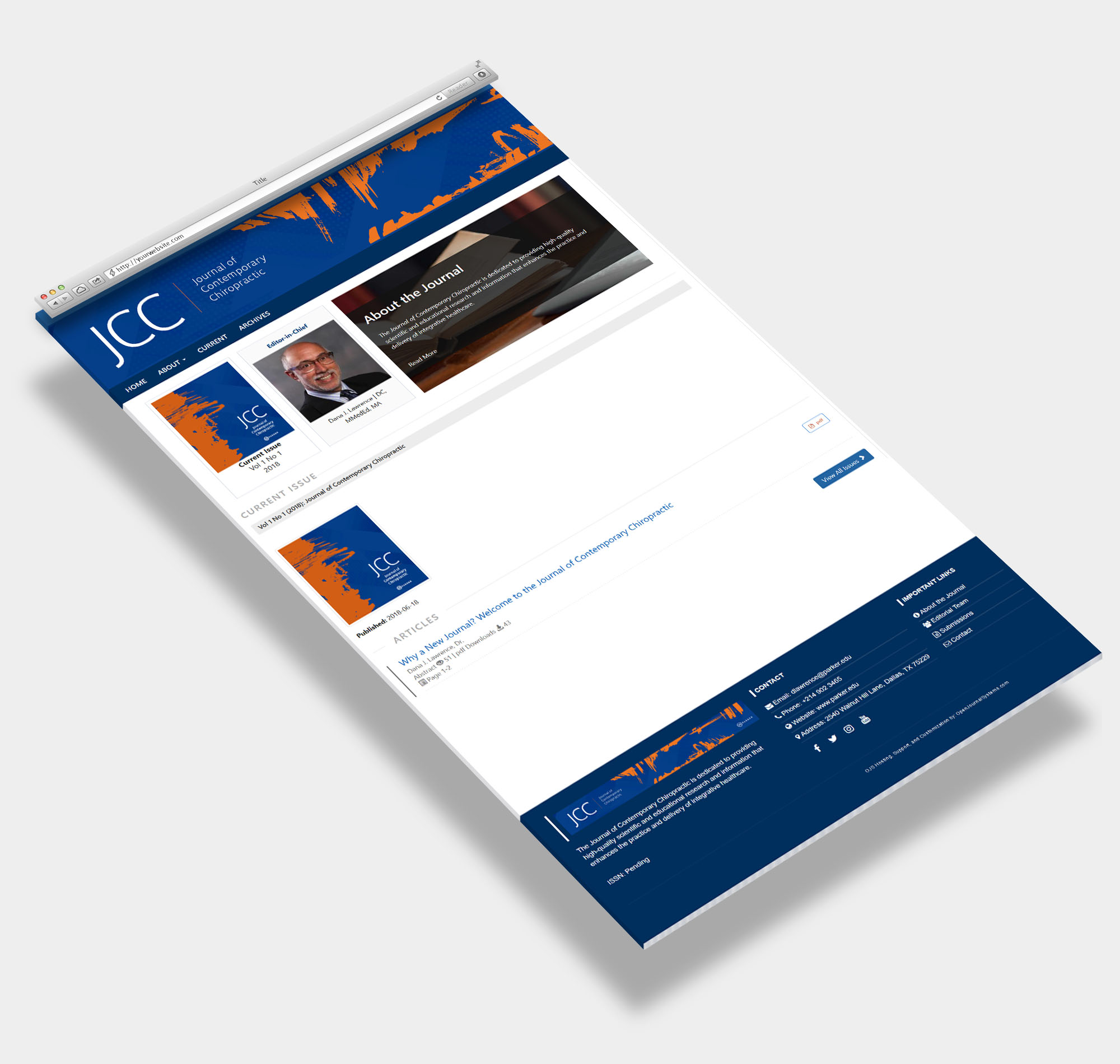Gross Sports Chiropractic: Shocking Truths Revealed

Opening Paragraph:
Sports chiropractic care has gained popularity for its role in enhancing athletic performance and preventing injuries. However, there’s a side to this practice that many aren’t aware of: gross sports chiropractic techniques that push the boundaries of conventional treatment. From extreme adjustments to unconventional methods, these practices often leave athletes and observers alike in shock. In this post, we’ll uncover the shocking truths behind gross sports chiropractic, separating fact from fiction and exploring whether these methods are beneficial or risky. (Sports Chiropractic, Athletic Performance, Injury Prevention)
What is Gross Sports Chiropractic?

Gross sports chiropractic refers to aggressive or unconventional techniques used by chiropractors to treat athletes. These methods often involve forceful adjustments, unusual tools, or extreme maneuvers aimed at realigning the spine or joints. While some athletes swear by these techniques, others question their safety and effectiveness. (Chiropractic Techniques, Spinal Adjustments, Athletic Recovery)
Common Gross Chiropractic Techniques
- High-Velocity Adjustments: Quick, forceful movements to realign joints.
- Instrument-Assisted Manipulation: Using tools like activators for precise adjustments.
- Extreme Stretching: Pushing joints beyond their typical range of motion.
💡 Note: Always consult a certified chiropractor before trying these techniques.
The Shocking Truths Revealed

1. Risks vs. Rewards
While gross chiropractic techniques can provide immediate relief, they also carry risks. Over-adjustment or improper techniques can lead to injuries, including muscle strains, nerve damage, or even fractures. (Chiropractic Risks, Athletic Injuries, Recovery Time)
2. Lack of Regulation
Unlike traditional chiropractic care, gross techniques often lack standardized guidelines. This raises concerns about consistency and safety across practitioners. (Chiropractic Regulation, Treatment Standards, Athlete Safety)
3. Athlete Testimonials vs. Scientific Evidence
Many athletes report improved performance after gross chiropractic treatments. However, scientific studies on these methods are limited, making it difficult to validate their long-term benefits. (Athlete Testimonials, Scientific Research, Performance Enhancement)
| Technique | Benefits | Risks |
|---|---|---|
| High-Velocity Adjustments | Immediate pain relief, improved mobility | Potential for injury, muscle soreness |
| Instrument-Assisted Manipulation | Precise adjustments, less force | Risk of over-adjustment, tool malfunction |

Is Gross Sports Chiropractic Right for You?

Before trying these techniques, consider the following:
- Your Injury History: Previous injuries may increase the risk of complications.
- Your Chiropractor’s Expertise: Ensure they specialize in sports chiropractic.
- Your Recovery Goals: Discuss whether these methods align with your objectives.
(Injury History, Chiropractor Expertise, Recovery Goals)
Final Thoughts:
Gross sports chiropractic can be a double-edged sword—offering potential benefits but also posing significant risks. If you’re an athlete considering these techniques, weigh the pros and cons carefully and always seek professional advice. Remember, the goal is to enhance performance, not compromise your health. (Performance Enhancement, Health Risks, Professional Advice)
What is gross sports chiropractic?
+
Gross sports chiropractic involves aggressive or unconventional techniques used to treat athletes, often including forceful adjustments or extreme maneuvers.
Are gross chiropractic techniques safe?
+
While some athletes benefit, these techniques carry risks like injuries or muscle strains. Always consult a certified chiropractor before trying them.
Is there scientific evidence supporting gross chiropractic?
+
Scientific studies on these methods are limited, making it hard to validate their long-term benefits.
Related Terms:
- Gross Sports Chiropractic Reviews
- gross sports chiropractic address
- gross sports chiropractic hours
